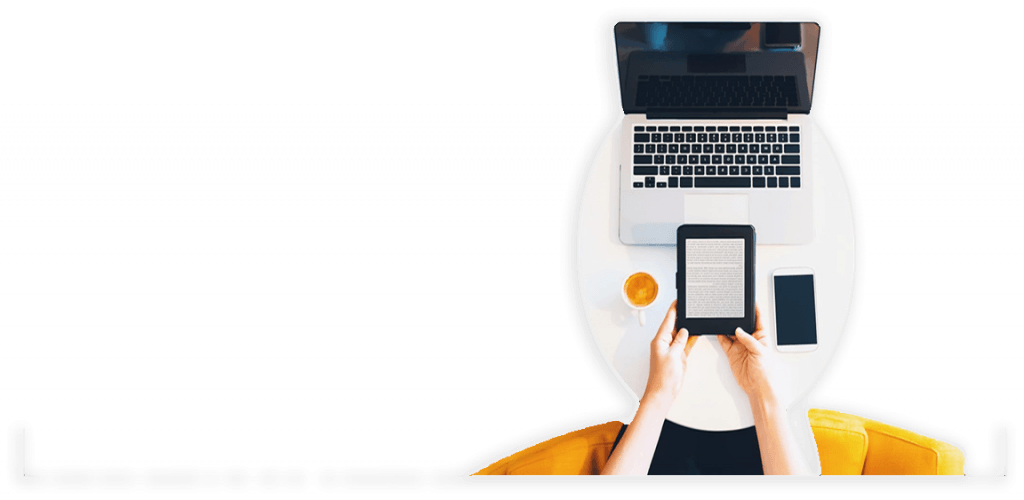Learning is an inseparable part of our lives, be as children or adults in the corporate world. But all learning endeavours have to be accountable and thus assessments are an important part of the learning cycle. Assessment, defined as the activity of measuring learning, aims to collect data or information about students’ learning achievement. In other words it’s the measure of how the learning objectives have been met. Over time, assessment techniques for learning and classroom teaching have been intensively studied. With the emergence and growing popularity of e-learning, these techniques have been suitably revamped to suit the technology-aided platform as well.
Here are types of assessments which increase the impact of e-learning and further strengthen its efficacy.
- Assessing the Learners background: This assessment is usually done before the commencement of learning and should ideally be conducted before preparing the curriculum as well. The data gathered at the end of this exercise should feed into the process of learning content creation as well as curriculum design. Different learners prefer to learn in different ways and for the modern leaners, choice is necessary when it comes to workplace learning.A collection of learners’ background information can be done by individual managers for their teams or by e-learning managers themselves. Various techniques that can be employed for this purpose are Background Knowledge Probe through a series of short tests, Focused Listing which invites learners to share their topics of interest in a specific subject, Check for existing Preconceptions on the subject or even Pro and Con Grid which takes opinion on the learners’ view on the proposed curriculum or course subject.
- Tests within the Course Content: In eLearning, there are many types of tests that can throw light upon the learners’ achievement for assessors. Tests are typically classified into Objective type test and Subjective Type tests. Objective type test include Multiple-choice questions, True-False or Correct Matching exercises. Subjective type test include exercises like Fill in Words or Phrases, Complete Sentences, Passage writing, Report writing and so on. The objective type test provides possible answer for learners to choose while the subjective type test requires a learner to answer the questions in some detail. E-tests are usually designed through adaptive testing. The adaptive testing requires a series of tests or a question bank. When a learner wants to take up an assessment, he or she can register with name, course ID and password. Test items are then displayed on screen and the learner is required to take up the entire test online by punching in the answers – on a laptop, desktop computer, tablet or even a smartphone. This is a very efficient way of tapping the ability of the learner. Easy test items appear first in order to check the level of learner’s ability. The level is increased as the learner goes through each test successfully. The learner can take multiple tests as per his or her ability. Most of the tests are built in a way that if the learner fails to answer five consecutive items correctly, the test will stop and the score will appear. The benefit of e-tests is that learners receive the test result immediately and can self-evaluate their progress through the course. New e-courses are created with adaptive testing that allows tests to appear in accordance with the individual ability of the learner. Thus, each learner, may not answer the same test item but will be assessed as per their level – keeping in mind their previous experience with the subject, age, job title and so on.
- Feedback as part of Assessment: In a blended learning scenario, Instructors can assign reports, exercises, or projects to the group of learners. To use technology judiciously, there may be an option of sending work over by e-mail. Instructors should be efficient in providing the feedback to learners – whether in classroom tests or e-tests. Though scores are shared immediately in e-tests, it is important to share an objective evaluation of the quality of work that the learner has shared. The evaluation of the work will be constructive only if, the instructor shares timely feedback. Good feedback should give credit to what the student has learnt. Feedback should give pertinent information on the quality of learners’ work, their strengths as well as weakness. The emphasis should be on student’s achievements and improvement. Paying attention to the positives will help encourage learners to improve their performance. At the same time, it is important not to be overwhelming, in praise or in reproach. Too much praise can give the learners an idea that they have no more to learn and too much reproach can be detrimental. Most importantly, a good feedback should encourage the learners to reflect on their own work and be more confident in managing their own learning.
Assessments are important for both classroom teaching and e-learning. There is no doubt that they positively impact the effectiveness of learning and it pays to design suitable assessments for learning success.









